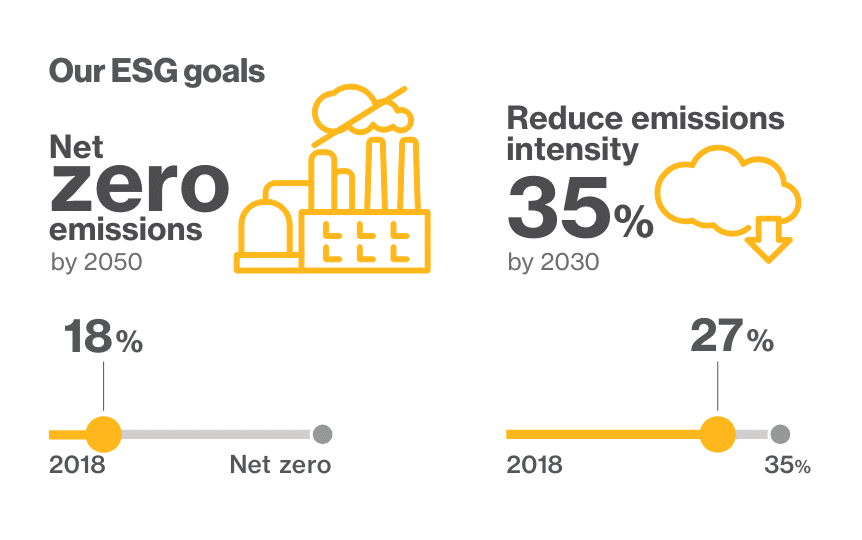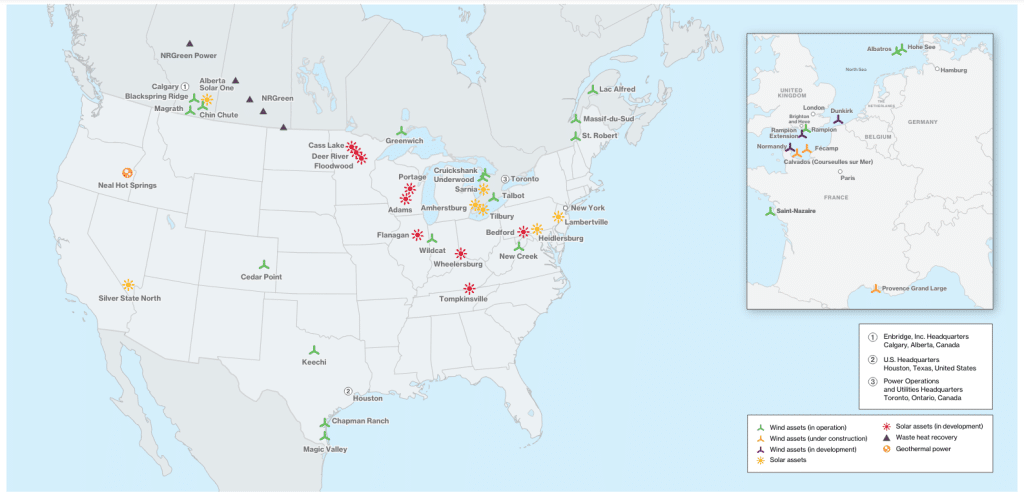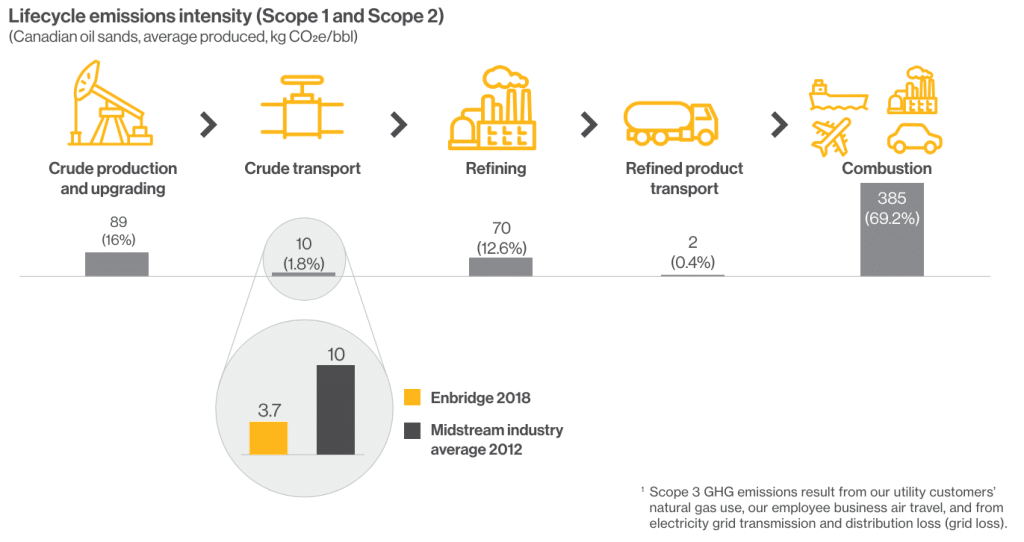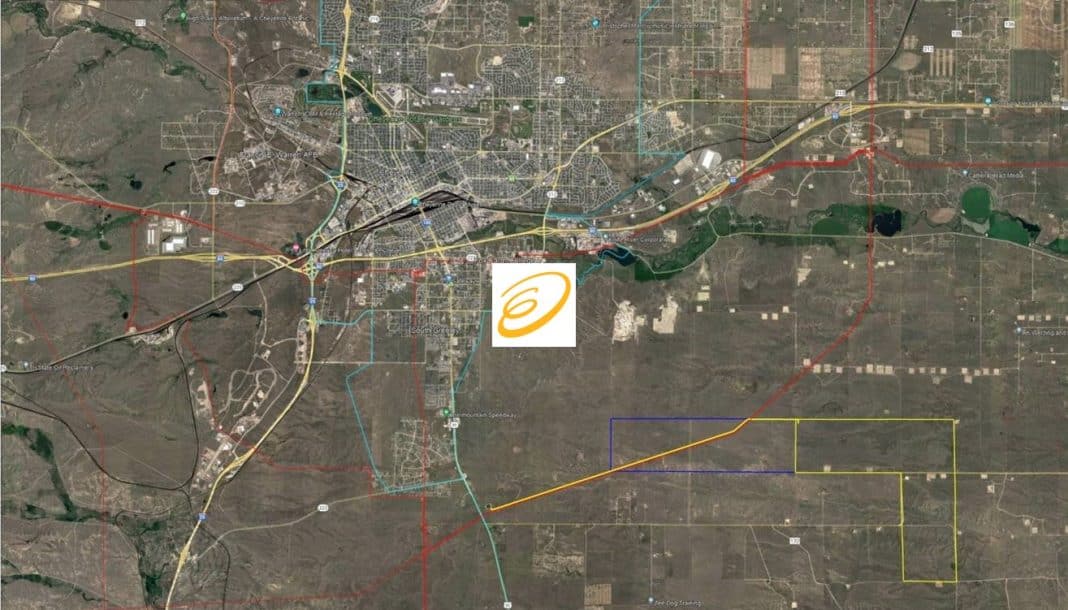Enbridge Inc. has received a permit from Wyoming’s Industrial Siting Council to proceed with a major solar-plus-storage project in Laramie County, Wyoming. The $1.24 billion Cowboy Solar I & II Project, paired with the Cowboy Battery Project, will be one of the largest in the U.S., featuring up to 771 MW of solar power and 269 MW of battery storage.
Solar power, using the sun’s energy to produce electricity, is fundamental to the global move toward sustainable energy. As a clean and renewable resource, it plays a crucial role in reducing greenhouse gas emissions and addressing climate change.
Enbridge’s Solar Ambitions Take Root
In the United States, solar energy has grown tremendously due to technological improvements, falling costs, and greater environmental consciousness. This rapid expansion has also propelled the rising demand for battery storage, positioning Enbridge in this burgeoning industry.
Enbridge, headquartered in Calgary, Alberta, operates natural gas, oil, and renewable energy projects across North America. It is the region’s largest natural gas utility by volume and owns the world’s longest crude oil and liquids pipeline system.
As pressure for companies to help in decarbonization efforts continues to intensify, energy companies must step up in slashing their carbon footprint. Enbridge is employing various means to decarbonize its operations and reach net zero by 2050.
In 2020, Enbridge set new ESG targets, including a goal to reduce GHG emissions intensity by 35% by 2030. Since 2018, the energy company has achieved a 27% reduction in emissions intensity.

In 2022, despite increased energy consumption, Enbridge saw a slight decrease in emissions intensity, mainly due to enhanced system efficiency and the use of lower-intensity power.
The company is reducing the emissions intensity of the electricity it buys with solar self-power projects and advocating for policies that decarbonize the power grid. Below are the company’s renewable projects, operational and under development.

A Landmark Solar-Plus-Battery Storage Initiative
The $1.24-billion Wyoming solar-plus-storage project is one of the initiatives Enbridge pursues as part of its net zero efforts. Construction will start in March 2025, with the first phase expected to be operational by January 2027 and the second by August 2027.
- The first phase includes a 400-MW photovoltaic (PV) system and 136 MW of battery storage, while the second phase will add 371 MW of PV and 133 MW of storage.
Fluence Energy Inc. will supply the battery system, and American Hyperion Solar LLC, a subsidiary of China’s Jiangsu Runergy New Energy Technology Co. Ltd., will provide the solar panels.
The project will connect to the local grid operated by Cheyenne Light Fuel and Power Co., an affiliate of Black Hill. Enbridge’s application mentions planned data centers in Laramie County, including one by Microsoft Corp., which will require substantial electrical power.
Enbridge’s gas utilities in Canada are receiving requests from data centers, according to Cynthia Hansen, president of gas transmission and midstream. She noted that they’re supplying the utilities that are getting such requests. While their main lines haven’t received direct requests from data centers yet, they would support those markets through their utilities.
The Wyoming project faced some opposition from local mining and ranching interests but received support from the Cheyenne-Laramie County Corporation for Economic Development and local labor groups. Enbridge estimates a peak workforce of around 375 workers during construction.
John Fulk, business manager of Construction and General Laborers’ Local 1271, remarked on the project approval, saying that:
“The development of solar, wind power and battery storage creates an opportunity for the state’s legacy coal workers to expand their skills so they may fully participate in new job opportunities created by the energy transition.”
Enbridge’s Pathway to Reducing Carbon Footprint
In addition to its renewable energy initiatives, the energy company is also balancing residual emissions by purchasing carbon offset credits. These credits are from nature-based solutions and renewable energy credits, with a primary focus on areas near their operations. According to its recent net zero report, the company invested a total of $350,000 in carbon credit projects.
Enbridge’s GHG emissions reduction targets focus specifically on Scope 1 and Scope 2 emissions. However, carbon emissions from the midstream constitute only a small part of its total GHG emission on a lifecycle basis.

Oil sands transportation accounts for less than 2% of lifecycle emissions, with most emissions from combustion, production, and upgrading. Enbridge leads in tracking, reporting, and reducing Scope 3 emissions, doing so since 2009 despite limited sector guidance.
The company reports on utility customer natural gas use, employee air travel, and electricity grid loss. In 2021, Enbridge added metrics for emissions intensity of delivered energy and emissions avoided through renewables, lower-carbon fuels, and conservation programs. They’re also committed to collaborating with suppliers to further reduce Scope 3 emissions.
Through innovative projects and comprehensive emission reduction strategies, Enbridge continues to lead in the global shift towards renewable energy.

